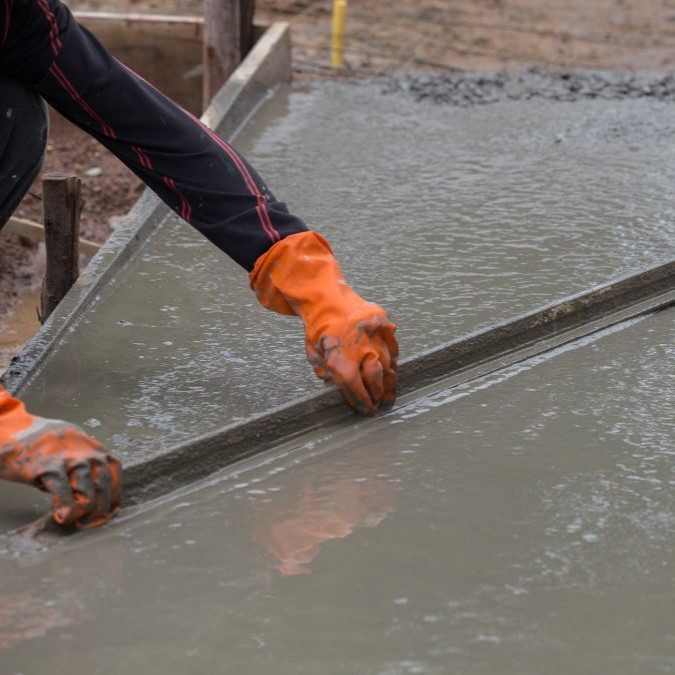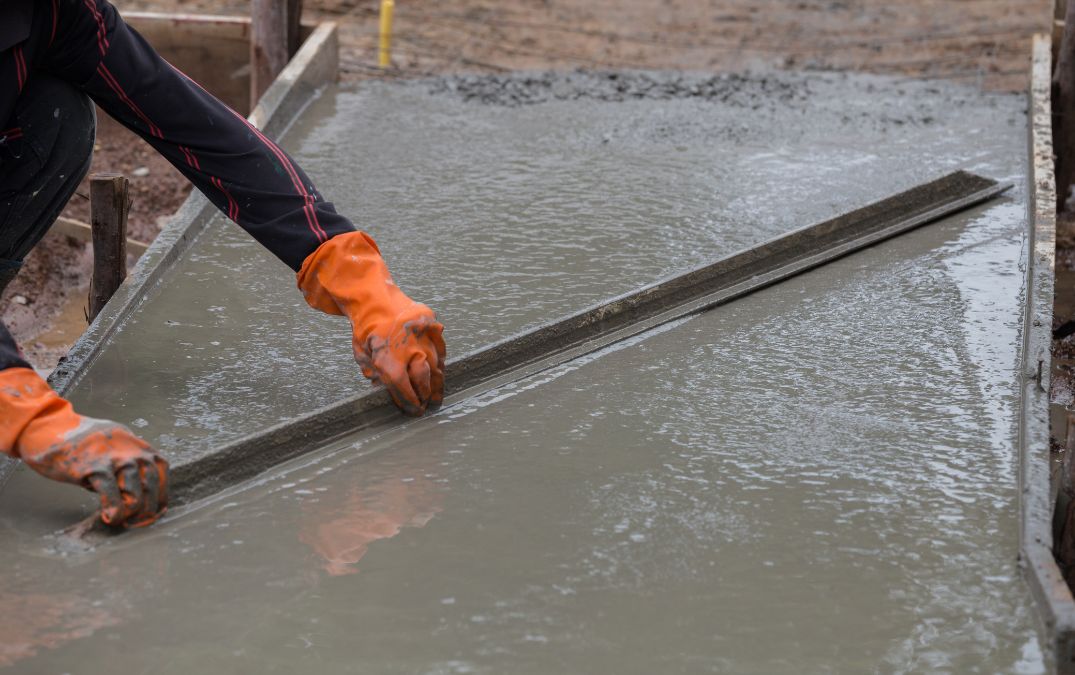Choose the right screed
Before setting out to screed a floor, it is essential to select the appropriate type of screed for your project. Each screed type has its benefits and drawbacks, and various elements of the screeding process, such as preparation, thickness, and drying time, differ depending on the type of screed being applied.
The most common types of screed used in both commercial and domestic projects include unbonded screed, bonded screed, and floating screed. Unbonded screed, as the name suggests, is not directly bonded to the concrete sub-floor but instead sits on a damp-proof membrane. This type of screed protects your floor from moisture in the subfloor but is more prone to curling. Alternatively, bonded screed is directly bonded to the concrete substrate using a bonding agent or primer. It is often used for thinner screed applications where a heavier load or foot traffic is expected. Floating screed, a form of unbonded screed, is typically applied on a layer of insulation, such as underfloor heating systems.
In addition to these traditional sand and cement screeds, other types of screed, such as self-levelling liquid screed, have gained popularity in recent years. However, due to the industrial machinery required to mix and pour this type of screed, it is highly recommended to hire an experienced contractor for the application process. Therefore, this guide refers only to the use of traditional sand and cement screed.

